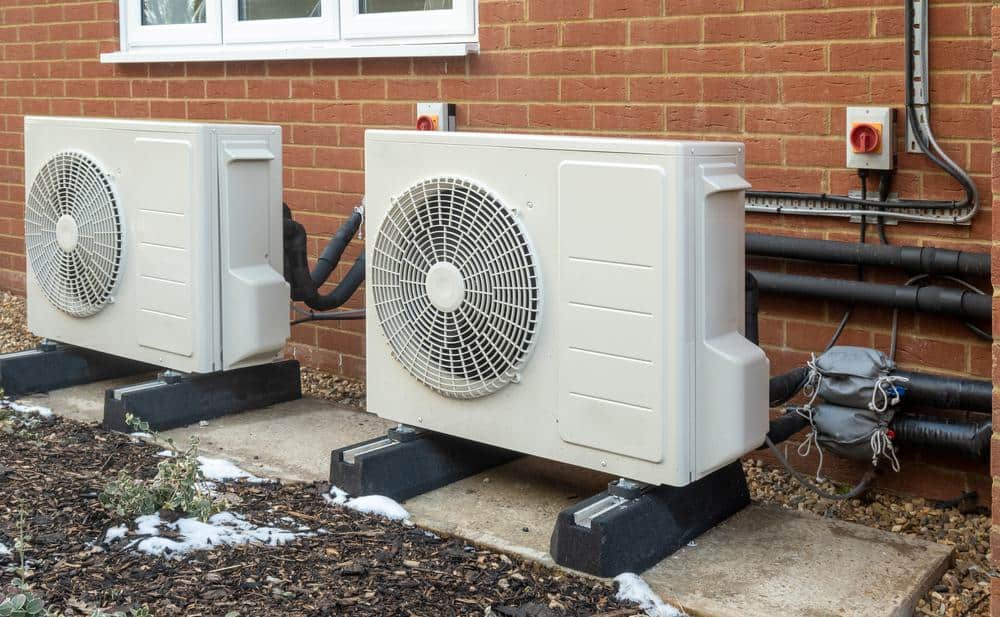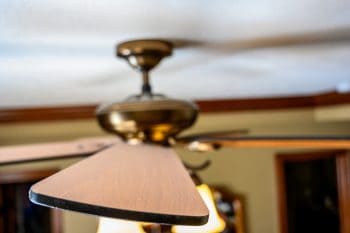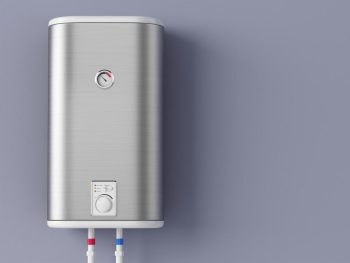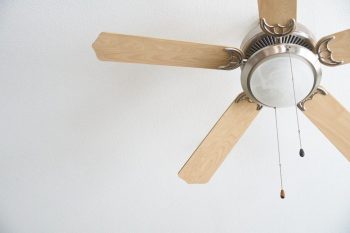
An air conditioning (AC) unit is a system designed to regulate the air temperature and humidity within an area. The primary purpose of an AC unit is to create a comfortable environment indoors, especially during the hot summer months. But what exactly is an AC unit, and how does it work? In this comprehensive guide, we’ll delve into the world of air conditioning, exploring the various types of AC units, their key components, and their benefits and drawbacks.
An AC (Air Conditioning) unit is a system that regulates the air temperature and humidity within an area, creating a comfortable indoor environment. It operates using the refrigeration cycle, where a cooling medium known as a refrigerant circulates through various stages, absorbing heat from the indoor air and releasing it outdoors. The key components of an AC unit include the evaporator coil, compressor, condenser coil, and expansion valve.
The Basics: Defining an AC Unit
An AC unit, often abbreviated as A/C or air con, is a system that removes heat and humidity from the interior of an occupied space, thereby improving the comfort of occupants. This thermal management system is a key component of modern homes, offices, and vehicles.
AC units are a part of the HVAC (Heating, Ventilation, and Air Conditioning) system that controls temperature and humidity, providing a comfortable indoor environment. The basic components of an AC unit include a compressor, a condenser, and an evaporator.
Understanding How an AC Unit Works
At its core, an AC unit operates using a process known as the refrigeration cycle. This process involves the continuous circulation of a cooling medium, known as refrigerant, through a series of stages that include evaporation, compression, condensation, and expansion.
The refrigeration cycle begins with the evaporator coil, which absorbs heat from the indoor air. The refrigerant then flows into the compressor, which pressurizes it and raises its temperature. From the compressor, the hot, pressurized refrigerant travels into the condenser coil, where it releases its heat into the outdoors. Finally, the refrigerant passes through an expansion valve before returning to the evaporator coil, and the cycle begins anew.
Key Components of an AC Unit
Every AC unit comprises several key components that work together to cool and dehumidify the air. These include:
- Evaporator Coil: This component absorbs heat from the indoor air.
- Compressor: Located in the outdoor unit, the compressor pressurizes the refrigerant, preparing it to release its heat outside.
- Condenser Coil: This coil releases the heat absorbed from your home to the outside air.
- Expansion Valve: This device controls the amount of refrigerant going into the evaporator coil.
In addition to these primary components, an AC unit also includes other parts such as air filters, a blower fan, and a thermostat.
Different Types of AC Units
There are various types of AC units available in the market, each serving a unique purpose and suitable for a specific type of space. The main types include central air conditioners, ductless mini-splits, window air conditioners, portable air conditioners, and more. Each type of AC unit has its pros and cons, and the best one for you depends on your specific needs and circumstances.
The Pros and Cons of Using an AC Unit
Like any other device, AC units have their advantages and disadvantages. The benefits include improved indoor air quality, humidity control, enhanced productivity, and better sleep, among others. On the other hand, potential drawbacks include high energy bills, skin dryness, environmental impact, and maintenance issues.
Choosing the Right AC Unit
When purchasing an AC unit, it’s crucial to consider factors such as the BTU rating, energy efficiency, size of the unit, additional features, noise level, and ease of installation and maintenance. By taking these factors into account, you can choose an AC unit that best suits your needs and preferences.
Maintenance and Longevity of AC Units
Regular maintenance is key to prolonging the lifespan of your AC unit. This includes cleaning or replacing air filters, cleaning the outdoor unit, inspecting and cleaning the evaporator and condenser coils, and scheduling regular HVAC maintenance.
In conclusion, an AC unit is an essential device that provides comfort and improves the quality of life in homes and workplaces. By understanding what an AC unit is and how it works, you can make informed decisions regarding the purchase and maintenance of these devices.
Frequently Asked Questions
What is the BTU rating in AC units?
BTU stands for British Thermal Unit, and it’s a measure of the amount of heat an AC unit can remove from a room in one hour. Generally, the higher the BTU rating, the more powerful the air conditioner is. However, it’s important to choose an AC unit with a BTU rating that’s suitable for the size of your space. An AC unit that’s too powerful can cool a room quickly but won’t effectively remove humidity, while one that’s not powerful enough won’t be able to cool the room adequately.
How often should I replace the air filters in my AC unit?
As a general rule, you should replace the air filters in your AC unit every 60-90 days. However, this can depend on several factors such as the type of filter, the air quality in your area, whether you have pets, and how frequently you use your AC unit. If you use your AC unit regularly or have pets, you may need to replace the filters more often.
What is a ductless mini-split AC unit?
A ductless mini-split AC unit is a type of air conditioner that doesn’t require ductwork to cool your home. Instead, it consists of an outdoor unit (the compressor and condenser) and one or more indoor units (the evaporator and fan). Each indoor unit cools a specific area of your home, and you can control the temperature of each area independently. This makes ductless mini-splits a flexible and energy-efficient cooling solution, especially for homes without existing ductwork.
What are the environmental impacts of AC units?
AC units contribute to global warming in two ways. First, they consume a lot of electricity, much of which is generated from fossil fuels. Second, they use refrigerants that, if leaked, are potent greenhouse gases. Some newer AC units use more environmentally friendly refrigerants and are more energy-efficient, which helps mitigate these impacts.
How often should I schedule HVAC maintenance?
It’s recommended to schedule HVAC maintenance at least once a year. Regular maintenance can help ensure your AC unit is operating at peak efficiency, prolong its lifespan, and prevent costly repairs. A typical maintenance visit might include cleaning the coils, checking the refrigerant level, inspecting and cleaning the blower components, and checking the overall system operation.












